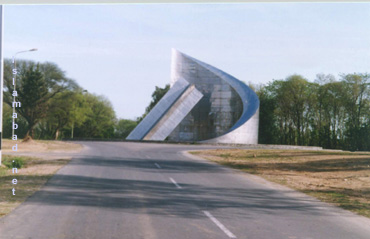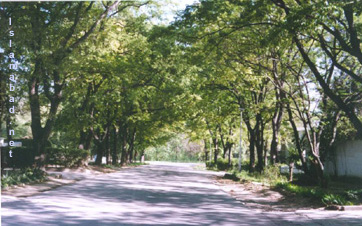Islamabad is a rather modern and clean city, especially in comparison to other cities in Pakistan. It is well-organized, with the city being divided into different sectors, each with certain facilities like a mosque and market. Islamabad is also home to the Faisal Mosque which is well known for its architecture and immense size. Quaid-i-Azam University is also located in the capital city along with numerous government buildings and foreign embassies. One of Islamabad's biggest attractions is the Faisal Mosque.
|
The Capital of Pakistan |
|
Photographs of the City |



